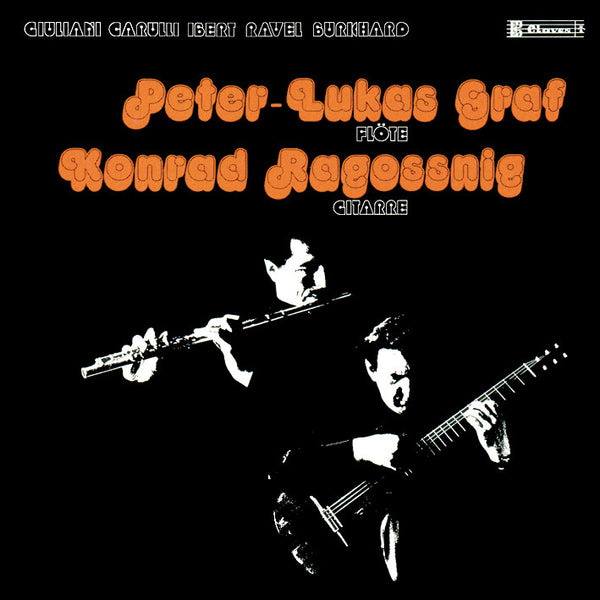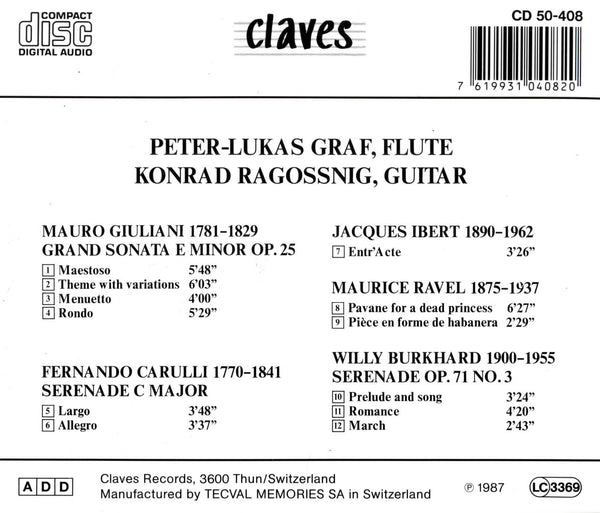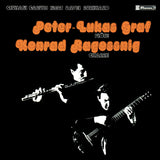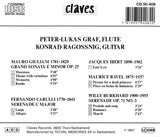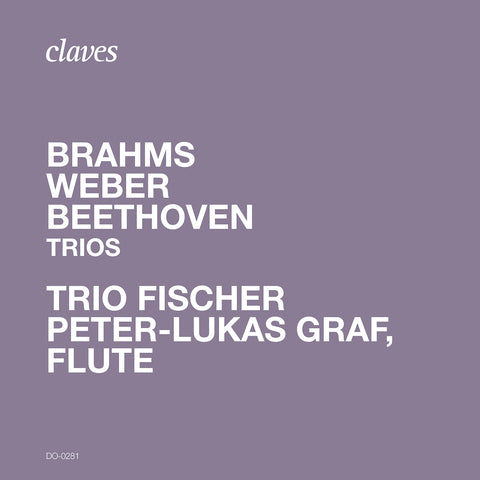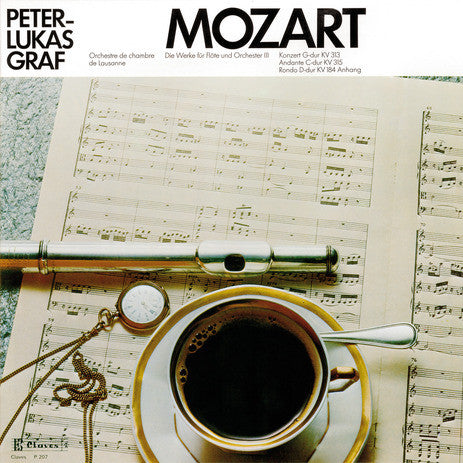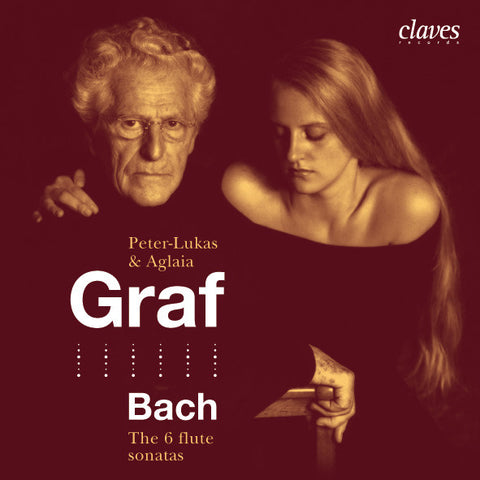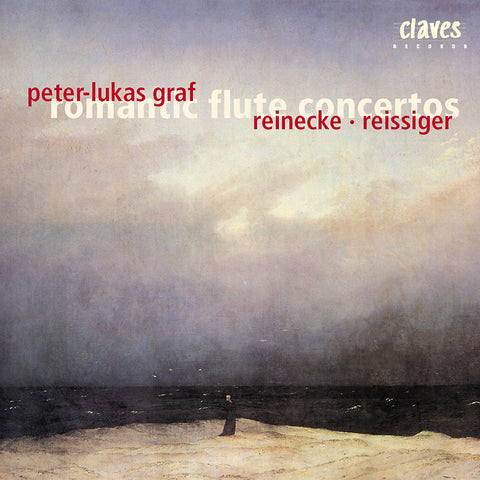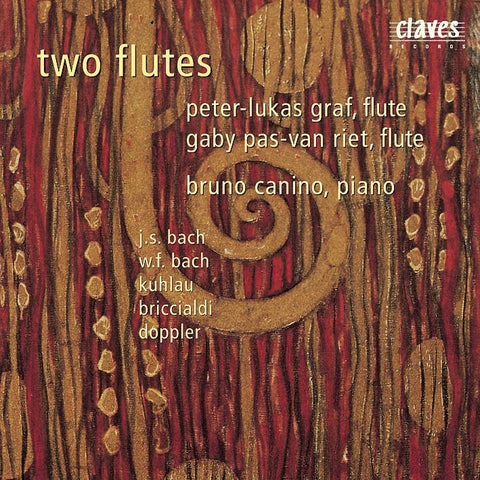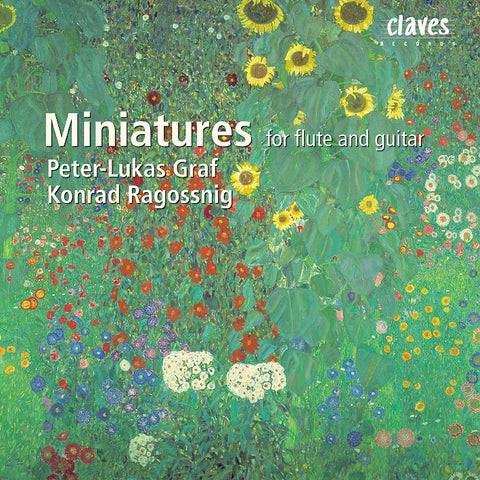(1987) Music for Flute & Guitar
Category(ies): Chamber
Instrument(s): Flute Guitar
Main Composer: Maurice Ravel
CD set: 1
Catalog N°:
CD 0408
Release: 1987
EAN/UPC: 7619931040820
- UPC: 829410603263
This album is now on repressing. Pre-order it at a special price now.
CHF 18.50
This album is no longer available on CD.
This album has not been released yet. Pre-order it from now.
CHF 18.50
This album is no longer available on CD.
This album is no longer available on CD.
VAT included for Switzerland & UE
Free shipping
This album is now on repressing. Pre-order it at a special price now.
CHF 18.50
This album is no longer available on CD.
This album has not been released yet.
Pre-order it at a special price now.
CHF 18.50
This album is no longer available on CD.
This album is no longer available on CD.
MUSIC FOR FLUTE & GUITAR
The revival of Romanticism which found expression in the finde-siècle Aesthetic movement rediscovered the sinewy quality and the occasionally abstract tone characteristics of flute and guitar. The Belgian Symbolist poet Frederik van Eeden describes the sound of the flute as an ascending linear ornamentation imperiled by its own fragility. At the same time Maurice Ravel (1875-1937) developed an ‘exotic Impressionism’ utilizing the tone-painting and coloristic elements of Spanish folk music, in which the guitar is still part of a living tradition. It is therefore justifiable for the recording featured here to add for the first time a new arrangement for flute and guitar by Konrad Ragossnig to the many arrangements, in some cases authorized by the composer himself, of the popular Ravel compositions ‘ Pièce en forme de habanera’ and ‘Pavane pour une infante défunte’ (Pavane for a Dead Princess).
Particularly in the habanera, the folkloristic coloration of this Spanish dance in duple time is emphasised by the use of guitar. At the same time, the ‘Pavane for a Dead Princess’, imbued with the dignity of a court ceremonial, recalls Velàzquez’ portraits of the children of Philip IV, several of whom died whilst still in their infancy.
Jacques Ibert (1890-19-62) also loved the coloristic variety produced by the guitar and flute playing in harmony. A Madame Jacques Ibert wrote: ‘Ibert always had a predilection for the guitar and the flute. He turned his attention to the guitar in 1926 and took pleasure in declaring that, of all the instruments, the guitar was the one nearest to the heart’. His ‘Entr’acte’ is in the tradition of musical impressionism founded by Debussy and Ravel.
The Swiss Willy Burkhard (1900-1955) departs from this tradition. In his ‘Serenade’ he makes use of the aria form, follows this up with a romance and concludes with a dance-like march. The classical style of composition links this piece dating from 1944 with the early Romantic works featured on this record.
(1987) Music for Flute & Guitar - CD 0408
The revival of Romanticism which found expression in the finde-siècle Aesthetic movement rediscovered the sinewy quality and the occasionally abstract tone characteristics of flute and guitar. The Belgian Symbolist poet Frederik van Eeden describes the sound of the flute as an ascending linear ornamentation imperiled by its own fragility. At the same time Maurice Ravel (1875-1937) developed an ‘exotic Impressionism’ utilizing the tone-painting and coloristic elements of Spanish folk music, in which the guitar is still part of a living tradition. It is therefore justifiable for the recording featured here to add for the first time a new arrangement for flute and guitar by Konrad Ragossnig to the many arrangements, in some cases authorized by the composer himself, of the popular Ravel compositions ‘ Pièce en forme de habanera’ and ‘Pavane pour une infante défunte’ (Pavane for a Dead Princess).
Particularly in the habanera, the folkloristic coloration of this Spanish dance in duple time is emphasised by the use of guitar. At the same time, the ‘Pavane for a Dead Princess’, imbued with the dignity of a court ceremonial, recalls Velàzquez’ portraits of the children of Philip IV, several of whom died whilst still in their infancy.
Jacques Ibert (1890-19-62) also loved the coloristic variety produced by the guitar and flute playing in harmony. A Madame Jacques Ibert wrote: ‘Ibert always had a predilection for the guitar and the flute. He turned his attention to the guitar in 1926 and took pleasure in declaring that, of all the instruments, the guitar was the one nearest to the heart’. His ‘Entr’acte’ is in the tradition of musical impressionism founded by Debussy and Ravel.
The Swiss Willy Burkhard (1900-1955) departs from this tradition. In his ‘Serenade’ he makes use of the aria form, follows this up with a romance and concludes with a dance-like march. The classical style of composition links this piece dating from 1944 with the early Romantic works featured on this record.
Return to the album | Composer(s): Maurice Ravel | Main Artist: Peter-Lukas Graf







